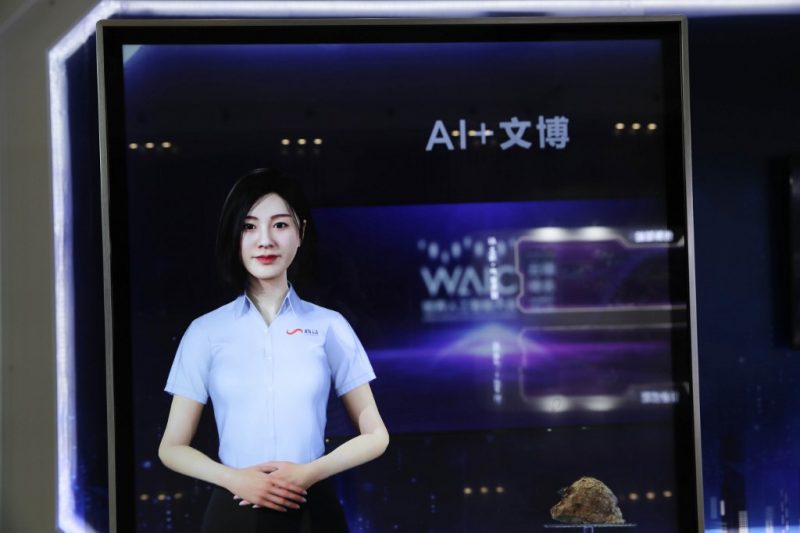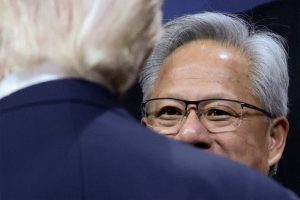China’s cyberspace regulator has issued interim measures to manage its booming generative artificial intelligence (AI) industry, in the latest sign of Beijing’s easing clampdown on technology firms.
The rules, set to take effect on August 15, would only apply to services offered to the public as regulators seek to support development of the technology, regulators said.
Thursday’s rules clarified the scope of what regulators will target, following draft rules published in April that required firms to submit security assessments before launching their offerings to the public.
Also on AF: Beijing’s Crackdown Wiped $1.1 Trillion Off Chinese Big Tech
Issuing the rules, the Cyberspace Administration of China (CAC) reiterated that content generated by generative AI had to be in line with China’s core socialist values.
Service providers had to ensure intellectual property rights were not infringed, it added, advising that legitimate data sources should be used.
However, the measures would not apply to those working on generative AI technology who did not plan to plan to offer services to the Chinese public, it said.
China wants to encourage the development of the technology, it said, citing areas such as generative AI algorithms and semiconductors. The country also wants to engage in drawing up international rules, it added.
“Relevant national authorities shall … improve their supervisory methods so that they are scientific and compatible with innovation and development,” the regulator said.
Kai Wang, an analyst with Morningstar, said the interim rules were “very much in line with market expectations.”
“It sends the positive signal that the regulators are paving the way for companies in China to launch their products on a large scale,” wang said.
Ahead of the curve
China sees AI as an area in which it wants to rival the United States, and on which it has set it sights on becoming a world leader by 2030.
It is seen to be ahead of the regulatory curve as countries globally grapple with setting guardrails for the technology popularised by the success of OpenAI’s ChatGPT chatbot.
Investment has poured into China’s generative AI scene and its firms have launched dozens of AI models.
Several companies had held back from rolling out chatbots to the public until Beijing finalised rules for the technology and approved their products.
Chinese tech firms, such as Alibaba and Baidu, have already developed their own ChatGPT-style chatbots.
On Thursday, JD.com became the latest to join the race, launching an enterprise-facing large language model it called ChatRhino.
- Reuters, with additional editing by Vishakha Saxena
Also read:
$600,000 ‘Deepfake’ Fraud Heats Up AI Debate in China
China Wants To ‘Integrate’ ChatGPT-Like Tech in its Economy
Baidu Scraps Public Launch of ChatGPT-Rival Ernie Bot
Foreign Money Flowing Back Into China on Alibaba, Ma Boosts
China Tech Fighting Over AI Talent in ChatGPT Chase – SCMP
China AI Uses Deception to Kill Satellites in Space Battle – SCMP























